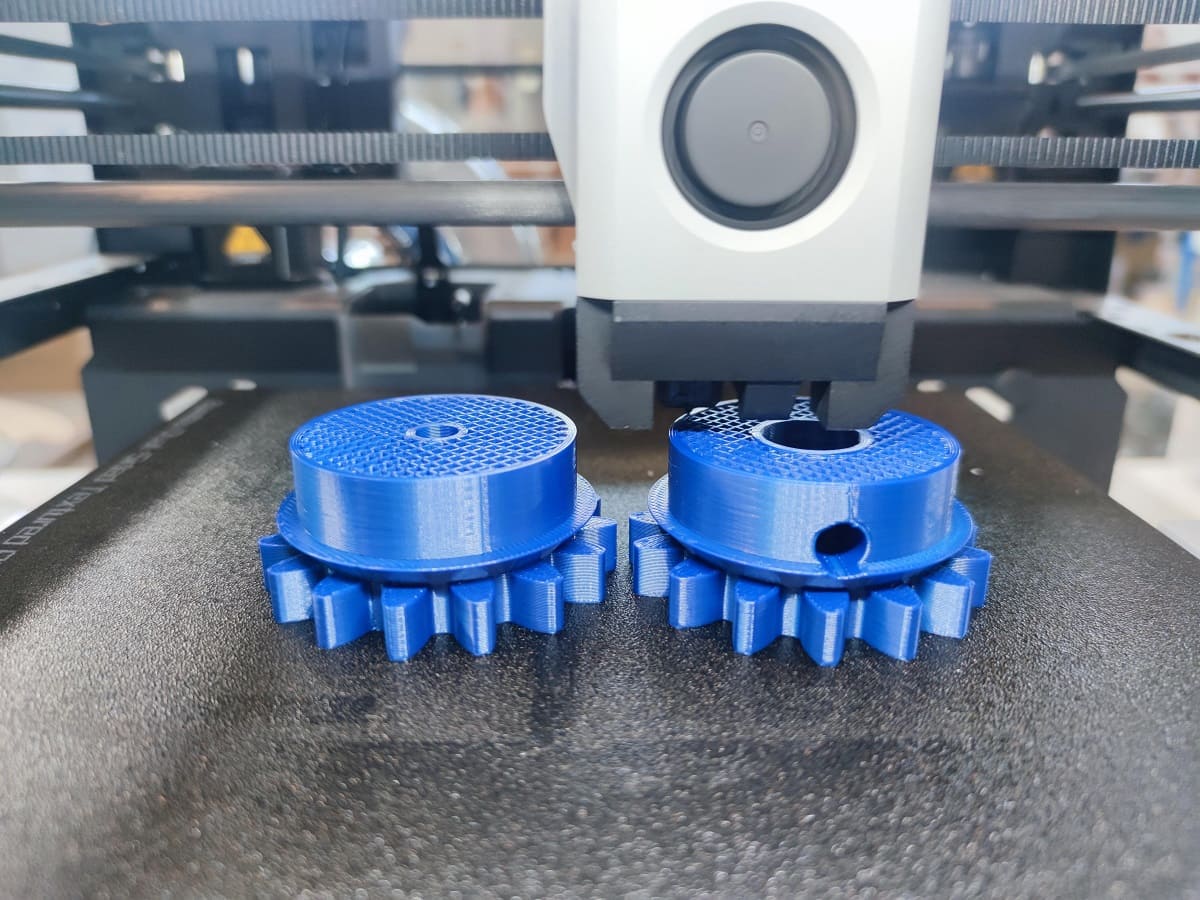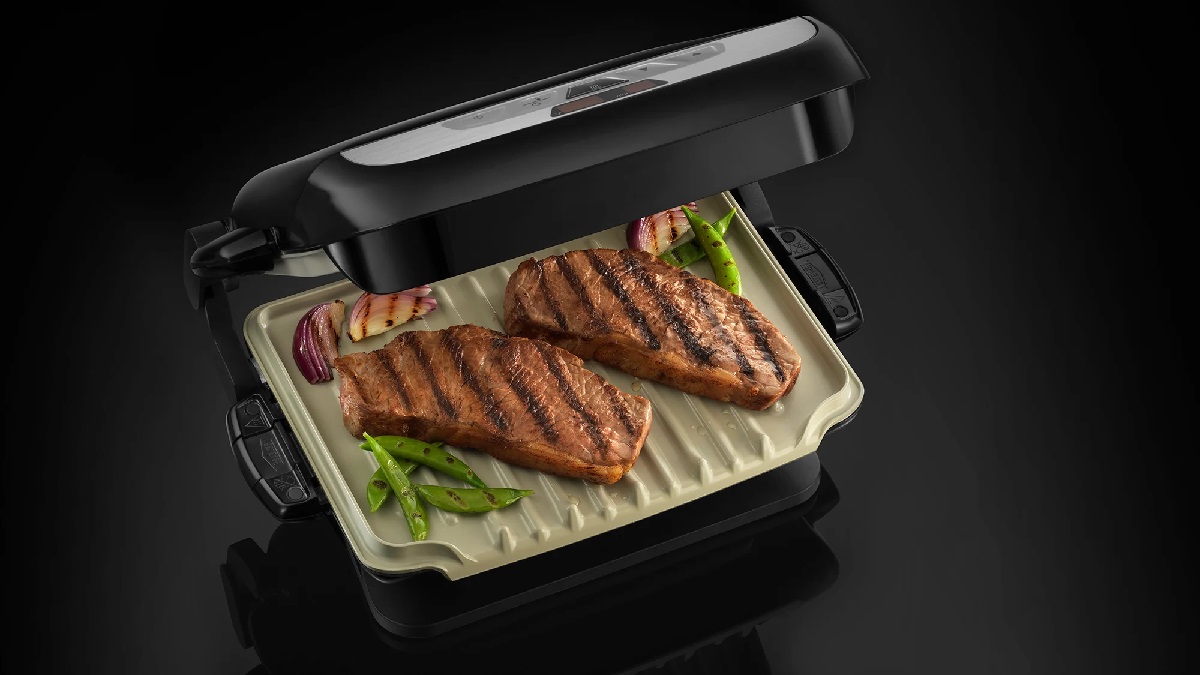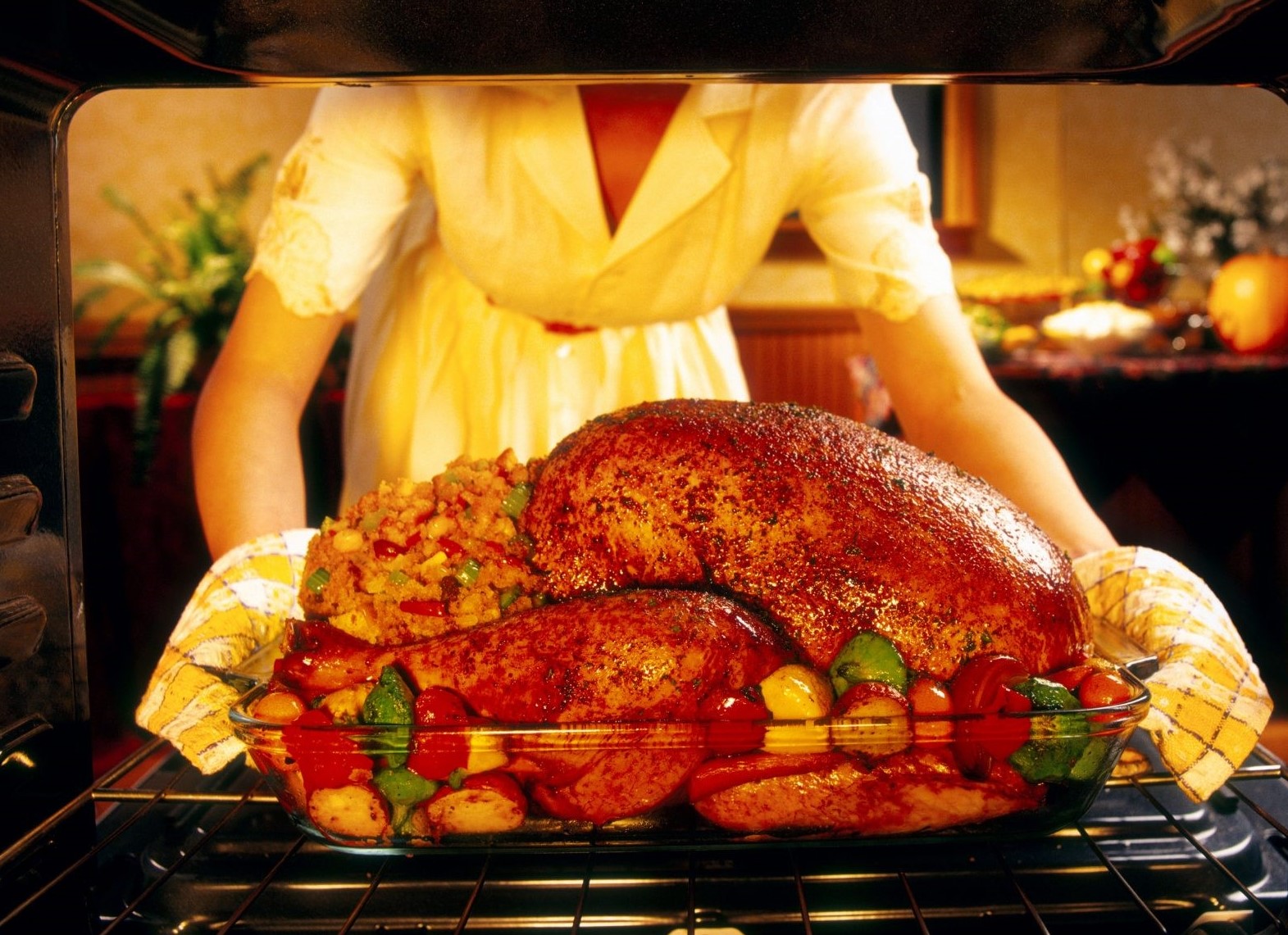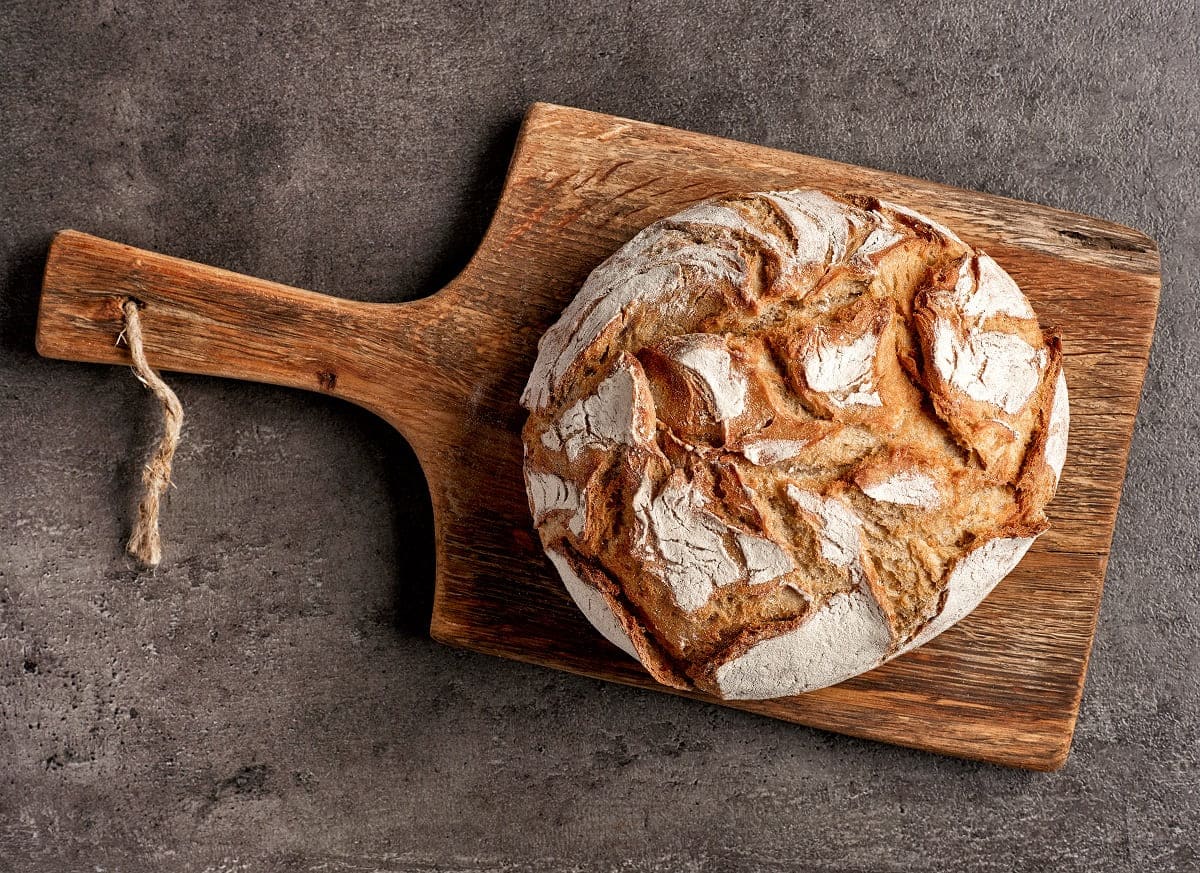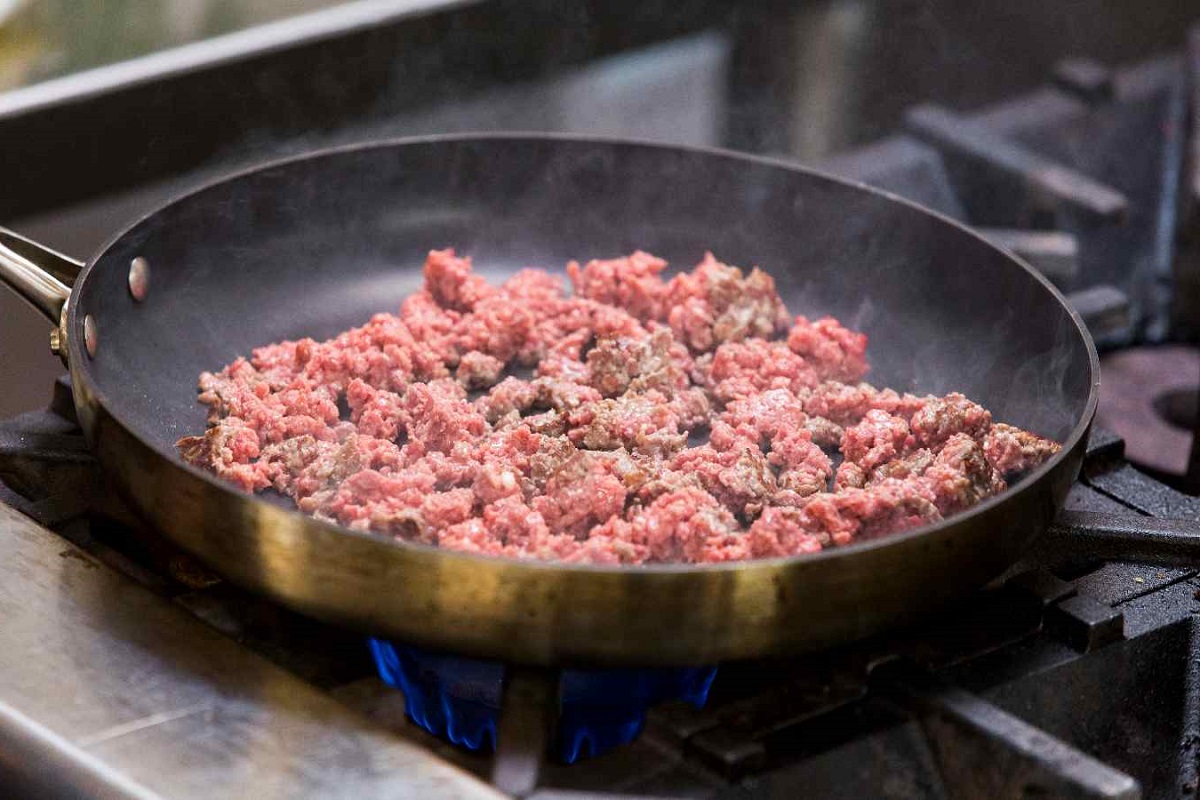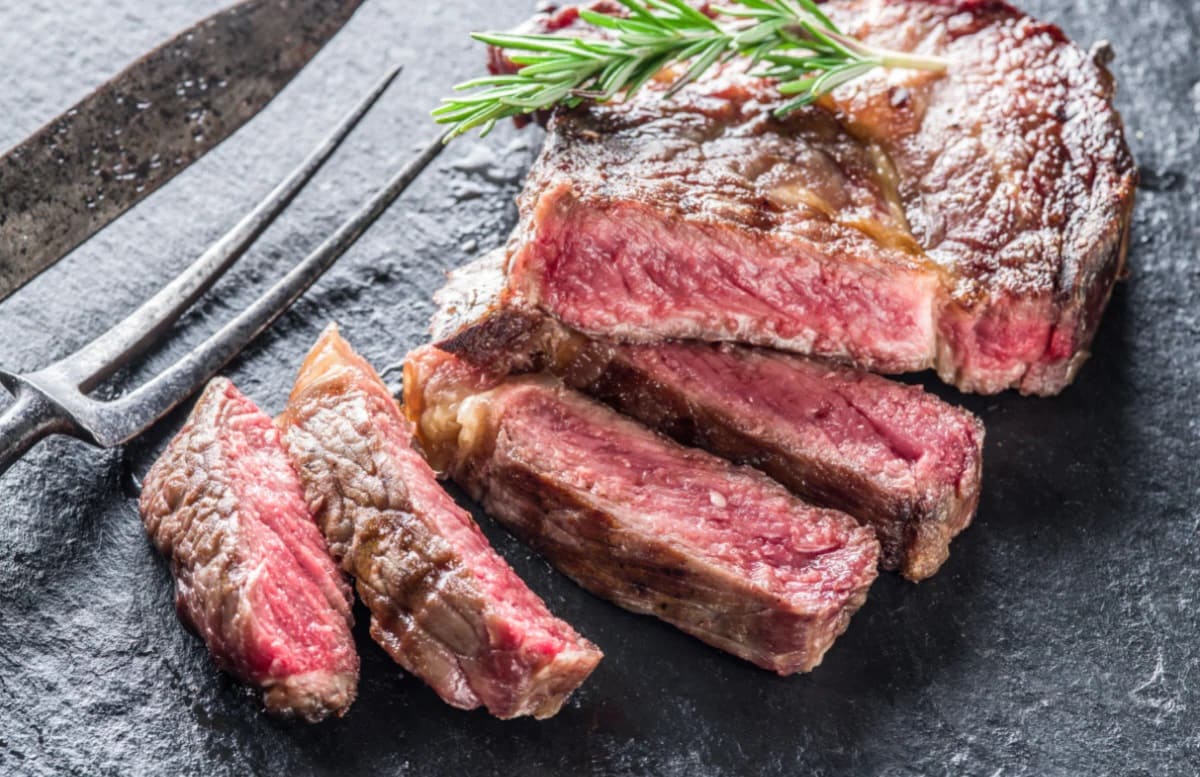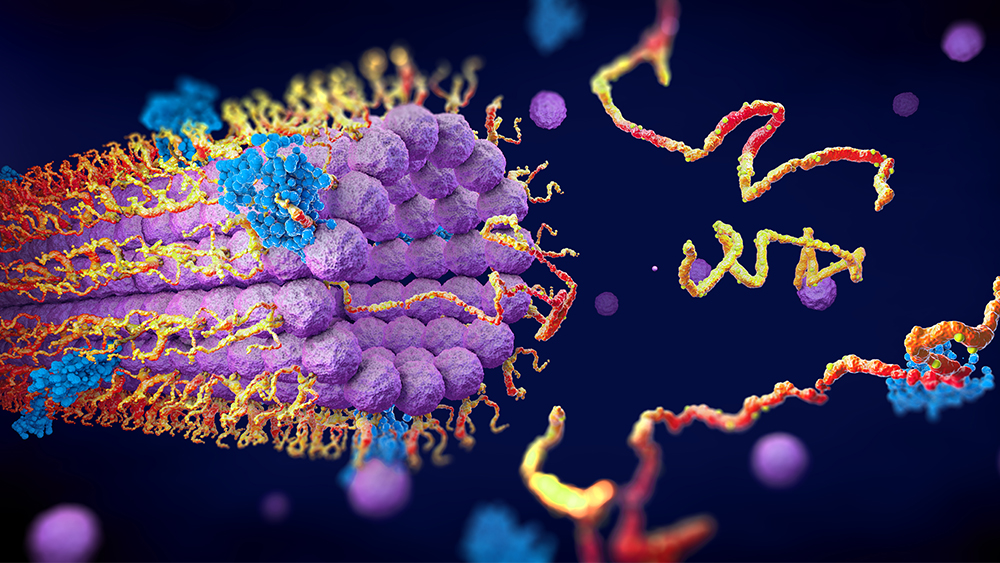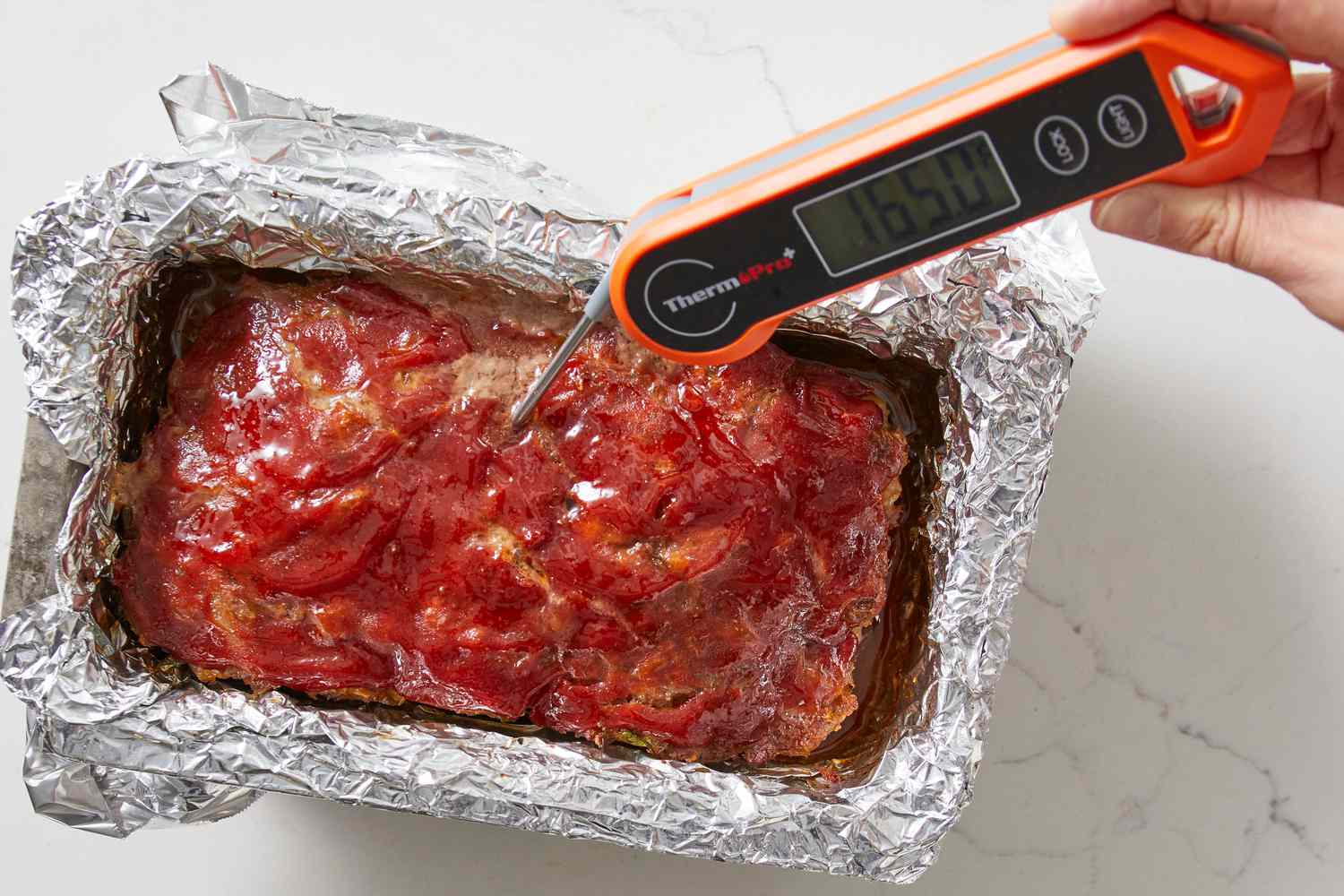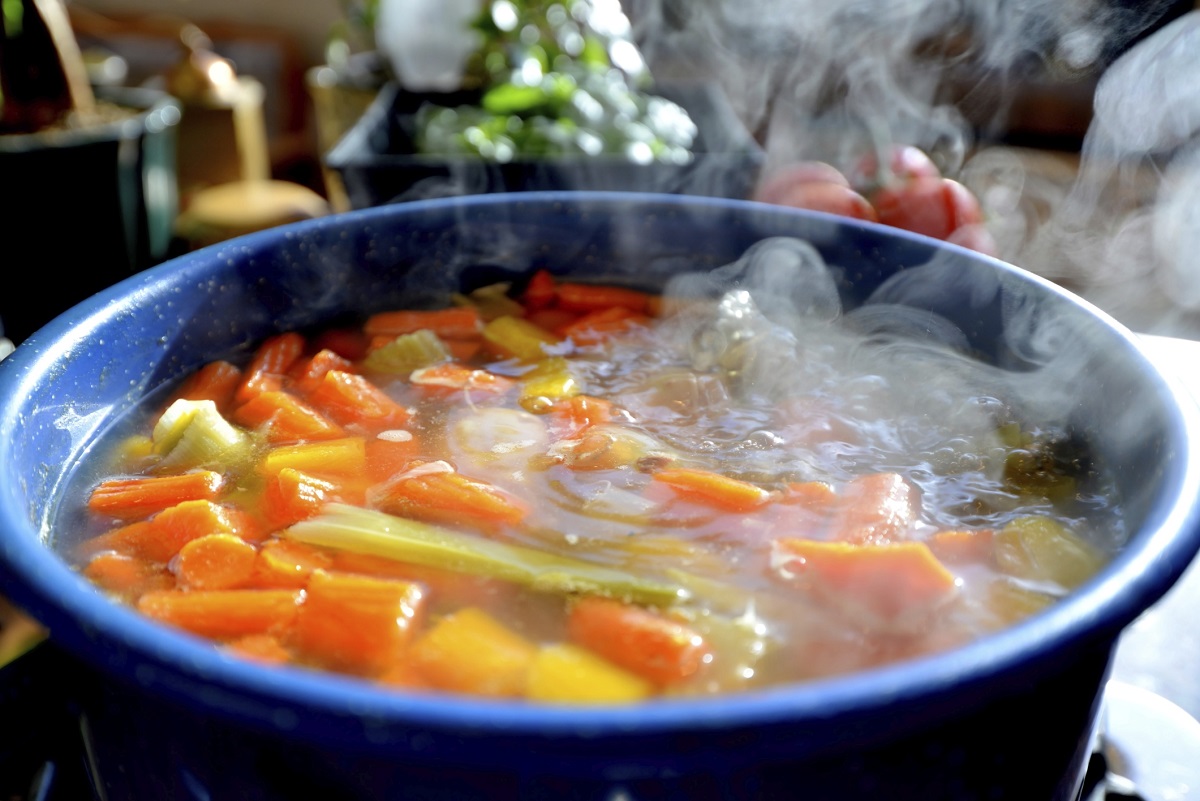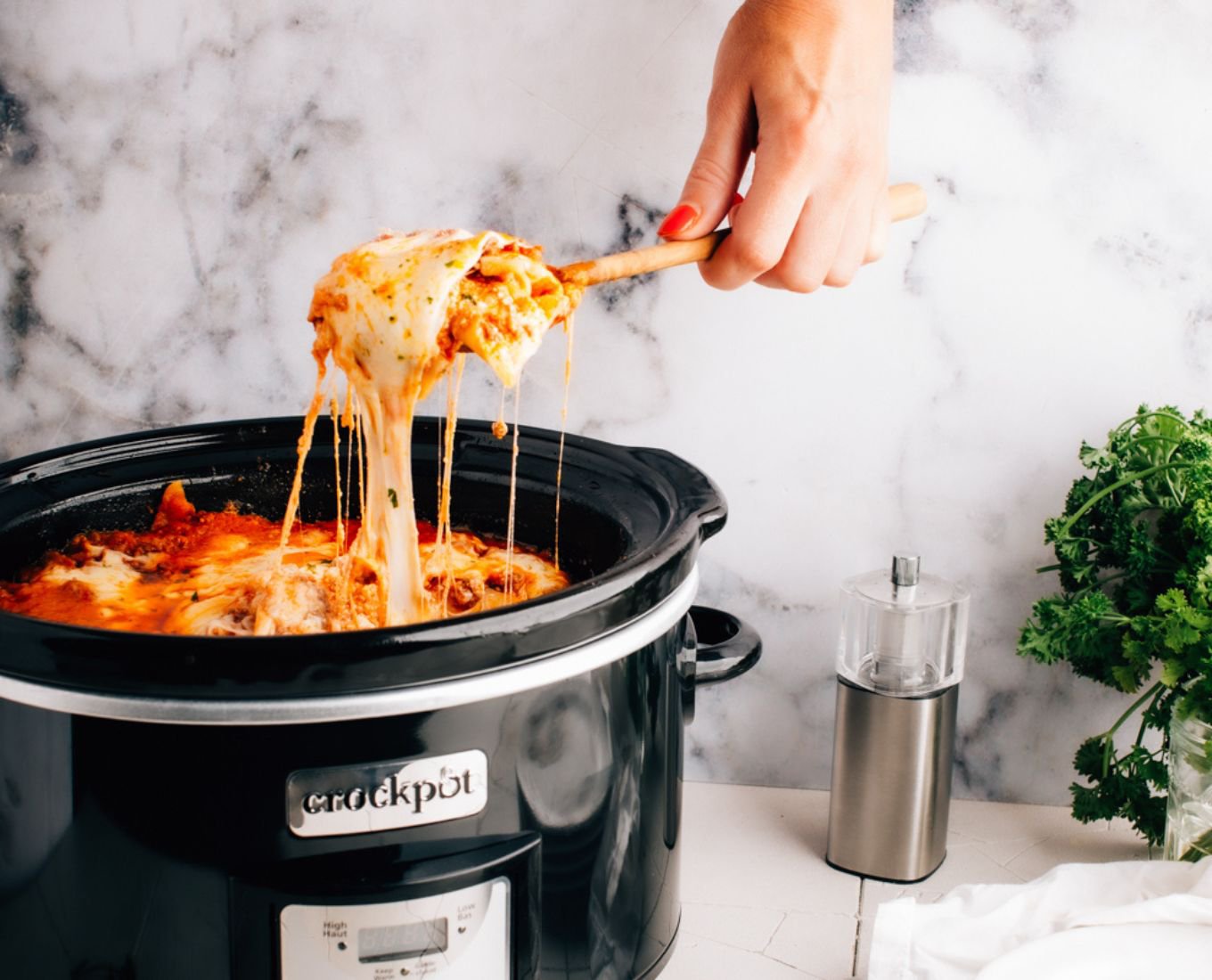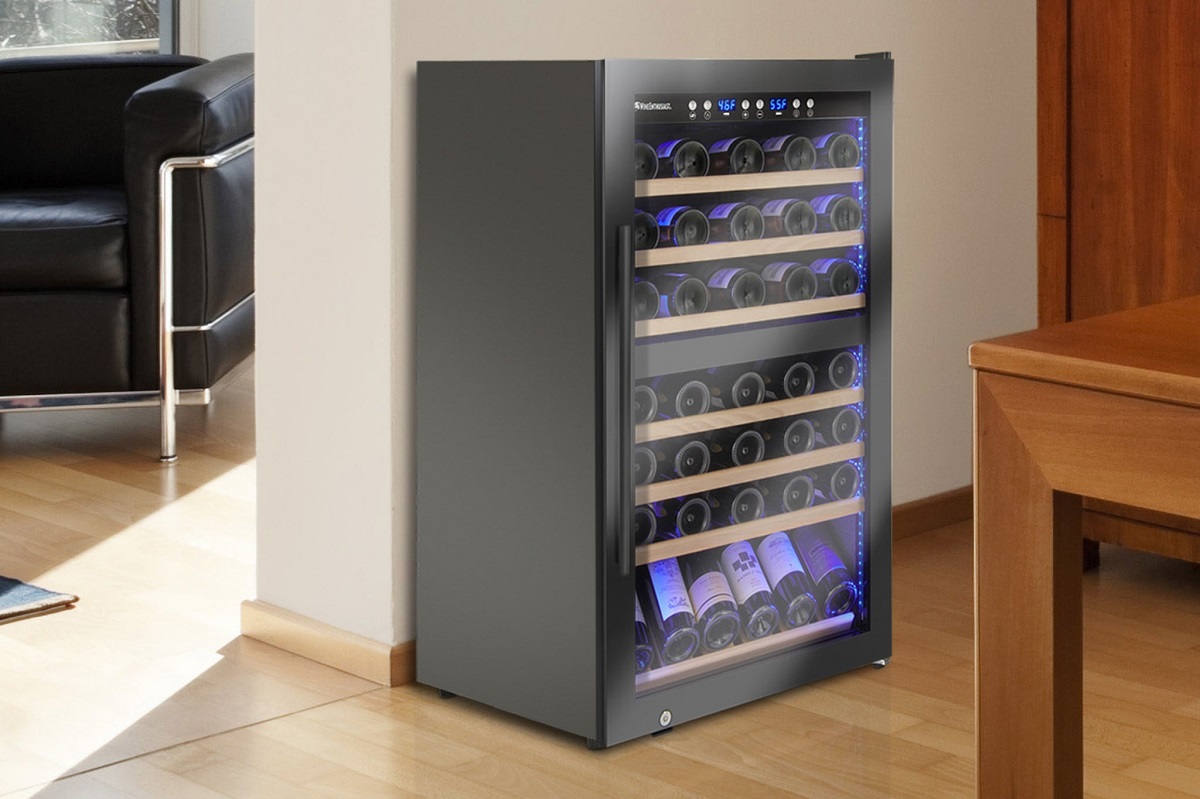Home>Home, Lifestyle & DIY>Optimal Times And Temperatures For Sublimation Printing On Mugs
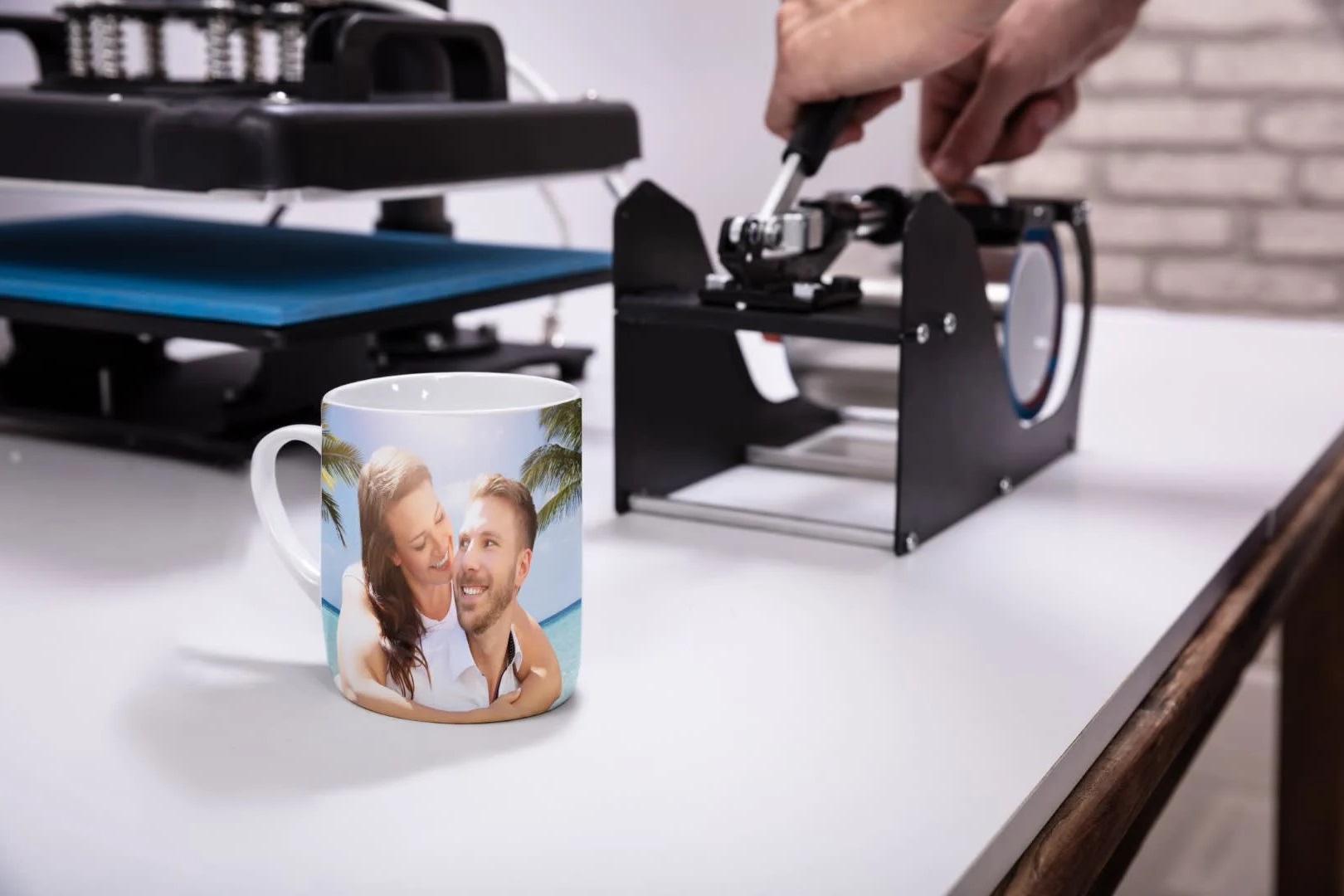

Home, Lifestyle & DIY
Optimal Times And Temperatures For Sublimation Printing On Mugs
Published: February 22, 2024
Discover the best times and temperatures for sublimation printing on mugs to elevate your home, lifestyle, and DIY projects. Achieve optimal results with expert tips and techniques.
(Many of the links in this article redirect to a specific reviewed product. Your purchase of these products through affiliate links helps to generate commission for Temperatures.com, at no extra cost. Learn more)
Table of Contents
Introduction
Sublimation printing has revolutionized the world of personalized mugs, offering a vibrant and durable way to adorn these everyday items with unique designs. Whether you're a hobbyist or a professional looking to create custom mugs for gifting or selling, understanding the optimal times and temperatures for sublimation printing is crucial for achieving high-quality results.
In this comprehensive guide, we will delve into the intricate art of sublimation printing on mugs, exploring the factors that influence the process and providing valuable insights into finding the perfect balance of time and temperature. By the end of this article, you will be equipped with the knowledge and confidence to embark on your sublimation printing journey with mugs, ensuring that each creation is a masterpiece that withstands the test of time.
Let's embark on this exciting exploration of sublimation printing on mugs, uncovering the secrets to achieving stunning, long-lasting designs that capture attention and evoke delight.
Read more: Optimal Temperature For PLA 3D Printing
Understanding Sublimation Printing
Sublimation printing is a fascinating process that involves transferring dye onto a material using heat and pressure. When it comes to mugs, this method allows for the creation of vivid, permanent designs that seamlessly integrate with the surface, resulting in a professional and long-lasting finish.
The magic of sublimation printing lies in the transformation of solid dye particles into a gas without passing through the liquid state. This occurs when the dye is exposed to high temperatures, typically around 400°F (204°C), causing it to sublimate and permeate the polymer coating on the mug's surface. As the temperature rises, the pores of the polymer open, enabling the dye gas to enter and bond with the material on a molecular level. Once the heat is removed, the pores close, encapsulating the dye within the coating and ensuring its durability.
Unlike traditional printing methods, sublimation printing results in designs that are not only vibrant and detailed but also resistant to fading, scratching, and washing. This makes it an ideal choice for creating personalized mugs that can withstand the rigors of daily use and repeated washing without losing their visual appeal.
In addition to its durability, sublimation printing offers unparalleled versatility, allowing for the reproduction of intricate designs, photographs, and multicolored artwork with exceptional clarity and precision. This versatility empowers creators to unleash their imagination, transforming ordinary mugs into cherished keepsakes, promotional items, or retail products that captivate and delight.
Understanding the science behind sublimation printing is essential for achieving optimal results. By comprehending the behavior of dyes under heat and pressure, as well as their interaction with the mug's coating, creators can fine-tune the printing process to ensure that each design is transferred flawlessly, resulting in a finished product that exceeds expectations.
As we continue our exploration of sublimation printing on mugs, we will delve into the factors that influence this process, shedding light on the optimal times and temperatures required to unlock the full potential of this remarkable printing technique.
Factors Affecting Sublimation Printing on Mugs
Several factors play a pivotal role in determining the success of sublimation printing on mugs. Understanding and managing these variables is essential for achieving consistent and high-quality results. Let's explore the key factors that influence the sublimation printing process on mugs:
1. Mug Coating Quality:
The quality of the coating on the mug significantly impacts the outcome of sublimation printing. A smooth, uniform, and polymer-based coating is essential for facilitating the sublimation process. A high-quality coating ensures proper dye absorption and adhesion, resulting in vibrant and long-lasting prints.
2. Surface Cleanliness:
The surface of the mug must be free from any contaminants, such as dust, oils, or residues, that could interfere with the sublimation process. Thoroughly cleaning the mug before printing is crucial for ensuring that the dye adheres uniformly and consistently, preventing any imperfections in the final print.
3. Pressure and Heat Distribution:
Even pressure and heat distribution during the sublimation process are critical for achieving uniform and consistent prints. Properly calibrated heat press machines ensure that the entire surface of the mug receives the necessary heat and pressure, allowing the dye to sublimate evenly and penetrate the coating effectively.
4. Design and Image Resolution:
The quality of the design and image resolution directly impacts the clarity and vibrancy of the final print. High-resolution images with crisp details result in stunning and professional-looking prints. It's essential to use designs optimized for sublimation printing to ensure that the transferred image accurately reflects the intended artwork.
5. Sublimation Paper and Ink Quality:
Using high-quality sublimation paper and ink is crucial for achieving optimal results. The sublimation paper acts as a carrier for the ink during the transfer process, while the ink must have the right composition to sublimate effectively under the required temperature and pressure, ensuring vibrant and durable prints.
6. Sublimation Time and Temperature:
The duration and temperature of the sublimation process directly impact the final print quality. Finding the optimal balance of time and temperature is essential for ensuring that the dye sublimates fully, bonds with the coating, and results in a durable and visually appealing print.
By understanding and carefully managing these factors, creators can elevate their sublimation printing endeavors, ensuring that each mug showcases stunning and enduring designs that captivate and delight.
Finding the Optimal Time for Sublimation Printing
The quest for the optimal sublimation time is a critical aspect of achieving impeccable results when printing on mugs. The sublimation process is a delicate interplay of heat, pressure, and time, and finding the perfect balance is essential for ensuring that the dye fully permeates the mug's coating, resulting in vibrant and long-lasting prints.
The sublimation time refers to the duration for which the mug is subjected to heat and pressure during the printing process. This period is crucial for allowing the dye to transition from a solid to a gaseous state and bond with the polymer coating on the mug's surface. While it may seem intuitive to prolong the sublimation time for enhanced color saturation, exceeding the optimal duration can lead to adverse effects, such as color shifting, loss of image clarity, or the risk of overheating the mug.
The optimal sublimation time for mugs typically ranges between 3 to 5 minutes, depending on the specific heat press machine, mug size, and the characteristics of the sublimation ink and paper being used. It is essential to consult the guidelines provided by the ink and paper manufacturers, as they often offer recommendations for the ideal sublimation time based on their products' specifications.
Achieving the optimal sublimation time involves meticulous experimentation and observation. Creators are encouraged to conduct test runs with varying time intervals while keeping the temperature and pressure constant. Through these trials, they can assess the visual quality, color vibrancy, and overall adherence of the dye to the mug's surface. This iterative approach allows for the identification of the precise sublimation time that yields the best results for a particular combination of materials and equipment.
Furthermore, the type of design being printed can influence the optimal sublimation time. Complex and detailed designs may require slightly longer sublimation times to ensure that the dye fully permeates the coating, capturing fine details and color gradients accurately. Conversely, simpler designs may achieve optimal results within a shorter sublimation duration.
By meticulously fine-tuning the sublimation time, creators can unlock the full potential of their sublimation printing endeavors, ensuring that each mug boasts vibrant, durable, and visually striking designs that stand the test of time. The pursuit of the optimal sublimation time is a testament to the dedication and artistry of creators, as they strive to deliver exceptional and enduring creations that bring joy and inspiration to those who behold them.
Finding the Optimal Temperature for Sublimation Printing
The quest for the optimal temperature in sublimation printing on mugs is a pivotal endeavor that significantly influences the quality and longevity of the printed designs. The temperature at which the sublimation process occurs plays a crucial role in ensuring that the dye transitions into a gaseous state and permeates the polymer coating on the mug's surface, resulting in vibrant, durable, and visually captivating prints.
The optimal sublimation temperature for mugs typically ranges between 380°F to 400°F (193°C to 204°C), depending on the specific heat press machine, mug material, and the characteristics of the sublimation ink and paper being utilized. It is imperative to consult the recommendations provided by the ink and paper manufacturers, as they often offer precise temperature guidelines based on their products' specifications.
Achieving the optimal sublimation temperature involves meticulous experimentation and observation. Creators are encouraged to conduct test runs with varying temperature settings while keeping the pressure and time constant. Through these trials, they can assess the color saturation, image clarity, and overall adhesion of the dye to the mug's surface. This iterative approach allows for the identification of the precise sublimation temperature that yields the best results for a particular combination of materials and equipment.
Furthermore, the type of mug material being used can influence the optimal sublimation temperature. Different materials, such as ceramic, porcelain, or polymer-coated metal, may exhibit varying heat absorption and sublimation characteristics, necessitating adjustments in the temperature settings to achieve optimal results.
It is essential to note that maintaining a consistent and uniform temperature across the entire surface of the mug is paramount for achieving even and vibrant prints. Properly calibrated heat press machines with precise temperature control mechanisms ensure that the sublimation process occurs uniformly, preventing any discrepancies in color or image clarity.
By meticulously fine-tuning the sublimation temperature, creators can unlock the full potential of their sublimation printing endeavors, ensuring that each mug showcases stunning, enduring, and visually captivating designs that leave a lasting impression. The pursuit of the optimal sublimation temperature is a testament to the dedication and artistry of creators as they strive to deliver exceptional and enduring creations that bring joy and inspiration to those who behold them.
Tips for Successful Sublimation Printing on Mugs
Achieving exceptional results in sublimation printing on mugs requires attention to detail, precision, and a deep understanding of the intricacies involved in the process. Here are valuable tips to elevate your sublimation printing endeavors and ensure that each mug showcases vibrant, enduring, and visually captivating designs:
-
Pre-Press Preparation: Thoroughly clean the surface of the mug to remove any contaminants that could hinder the sublimation process. Ensure that the mug is free from dust, oils, or residues, and use lint-free cloths and appropriate cleaning solutions for optimal preparation.
-
Optimal Design Sizing: Tailor your designs to fit the specific dimensions of the mug's printable area. Consider the curvature of the mug and adjust your designs accordingly to ensure that they wrap seamlessly around the surface without distortion or misalignment.
-
Test Prints and Color Accuracy: Conduct test prints on plain paper to assess the color accuracy and vibrancy of your designs before proceeding with sublimation. This allows you to make any necessary adjustments to the color profiles and ensure that the final prints reflect your intended hues and tones.
-
Even Pressure Application: When using a heat press machine, ensure that the pressure is evenly distributed across the entire surface of the mug. Proper pressure application is crucial for facilitating consistent dye sublimation and preventing any discrepancies in print quality.
-
Avoid Overheating: While it's essential to reach the optimal sublimation temperature, avoid overheating the mugs, as this can lead to color shifting, image distortion, or damage to the coating. Adhere to the recommended temperature guidelines and conduct temperature tests to calibrate your equipment accurately.
-
Cooling and Handling: Allow the sublimated mugs to cool naturally before handling them. Rapid temperature changes can affect the integrity of the prints. Once cooled, handle the mugs with care to avoid smudging or scratching the designs.
-
Quality Control and Inspection: Thoroughly inspect each sublimated mug for any imperfections or inconsistencies in the prints. Address any issues promptly and refine your sublimation process based on the observations to enhance the overall print quality.
-
Documentation and Record-Keeping: Maintain detailed records of the sublimation parameters, including time, temperature, pressure, and any specific adjustments made during the printing process. This documentation serves as a valuable reference for future projects and troubleshooting.
By incorporating these tips into your sublimation printing workflow, you can elevate the quality and consistency of your mug designs, ensuring that each creation is a testament to your dedication and craftsmanship. Embrace the artistry of sublimation printing and unleash the full potential of personalized mugs as timeless expressions of creativity and joy.
Conclusion
In conclusion, the art of sublimation printing on mugs encapsulates a delicate balance of science, creativity, and precision. By understanding the interplay of time and temperature in the sublimation process, creators can unlock the full potential of this remarkable printing technique, ensuring that each mug boasts vibrant, enduring, and visually captivating designs that stand the test of time.
The journey to finding the optimal sublimation time and temperature is a testament to the dedication and artistry of creators as they strive to deliver exceptional and enduring creations that bring joy and inspiration to those who behold them. The meticulous experimentation, observation, and fine-tuning involved in this pursuit underscore the commitment to excellence and the relentless pursuit of perfection.
As creators embark on their sublimation printing endeavors, they are empowered with valuable insights into the factors that influence the process, including the quality of the mug coating, surface cleanliness, pressure and heat distribution, design resolution, sublimation paper and ink quality, and the critical role of time and temperature. By carefully managing these factors and incorporating best practices, creators can elevate their sublimation printing workflow, ensuring that each mug becomes a canvas for stunning and enduring designs.
Furthermore, the tips provided for successful sublimation printing on mugs serve as a guiding light, offering practical advice to enhance the quality, consistency, and precision of the printing process. From meticulous pre-press preparation to maintaining even pressure application and embracing quality control and inspection, these tips empower creators to refine their craft and deliver exceptional results with each sublimated mug.
Ultimately, sublimation printing on mugs transcends the realm of personalization and creativity, transforming everyday items into cherished keepsakes, promotional tools, or retail products that captivate and delight. The fusion of art and technology in sublimation printing enables creators to unleash their imagination, bringing to life intricate designs, vibrant photographs, and multicolored artwork with unparalleled clarity and precision.
As we conclude this exploration of sublimation printing on mugs, it is evident that the optimal times and temperatures for sublimation play a pivotal role in shaping the outcome of each creation. By embracing the science, artistry, and best practices associated with sublimation printing, creators can embark on a journey of limitless creativity, ensuring that each sublimated mug becomes a timeless expression of joy, inspiration, and enduring beauty.
